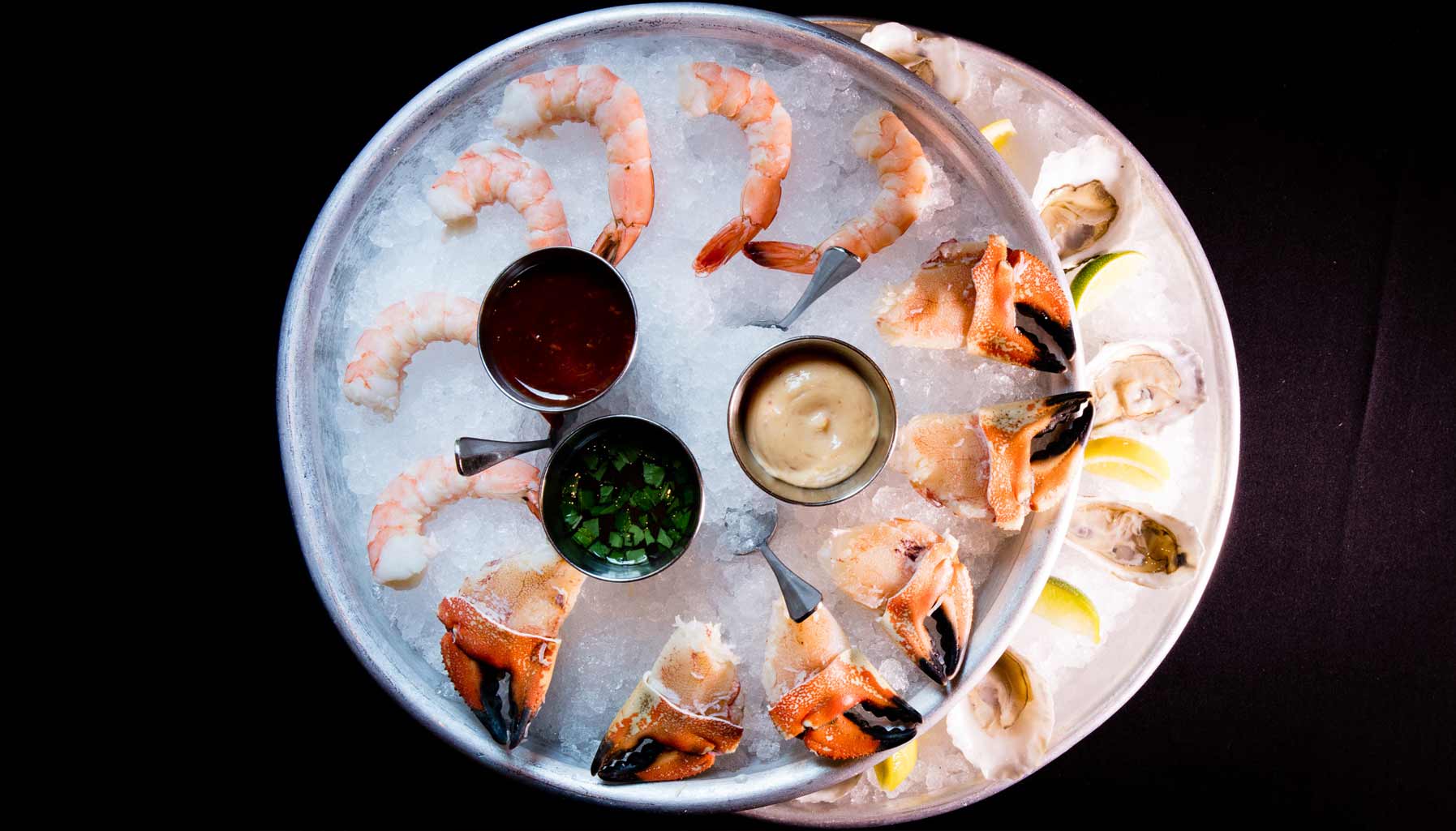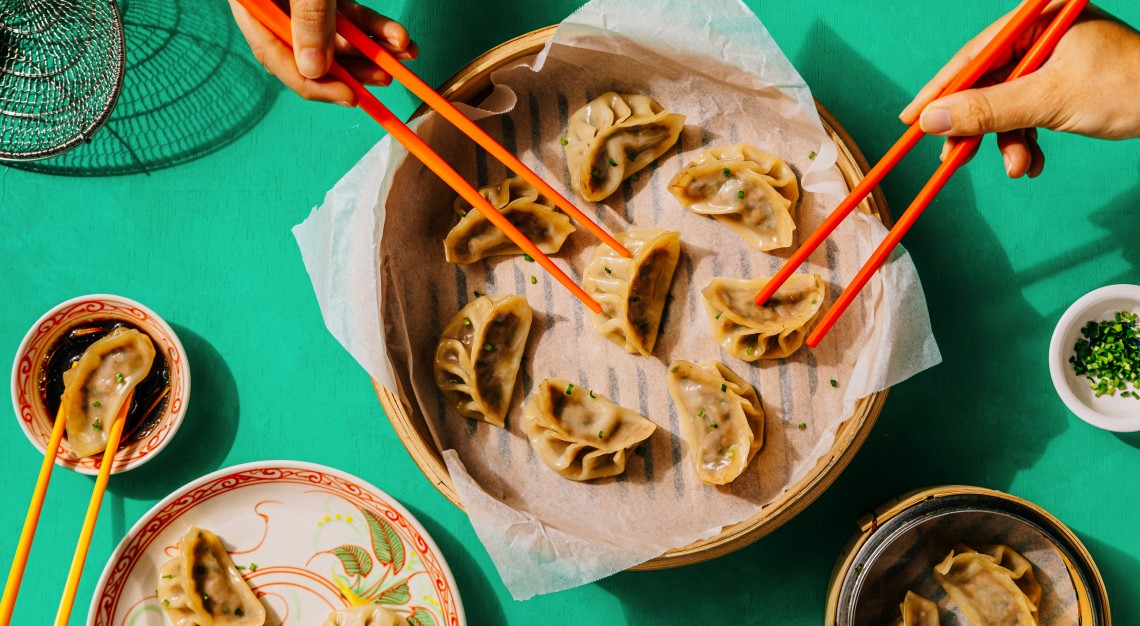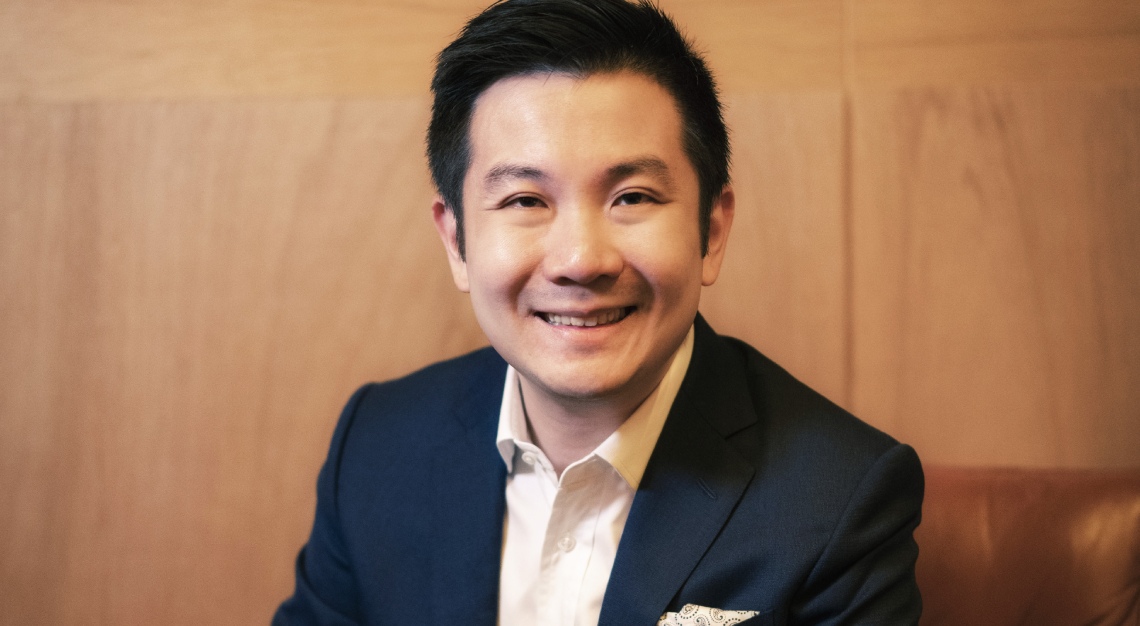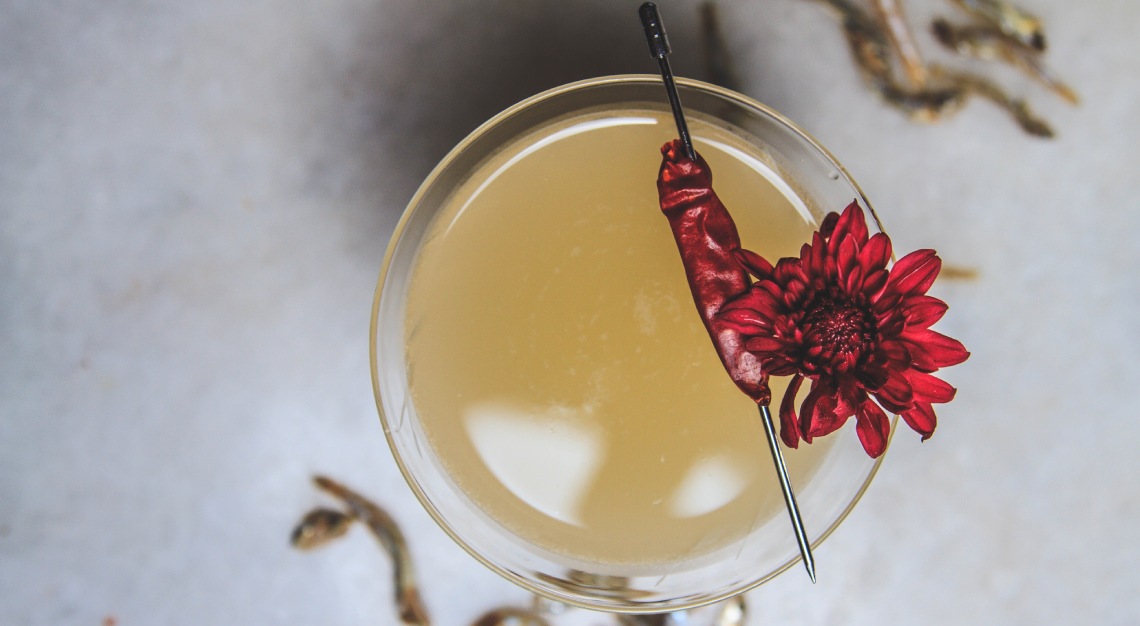Fast forward
George Orwell once said, “A human being is primarily a bag for putting food into.” If only he could see what a complex, insatiable and intelligent pouch we’ve become.
Over the centuries, the complexities of our eating habits have been studied and novelised greatly – from the advent of agriculture to our current neoteric culinary sensibilities. We take a look at some recent food patterns and peek into the foreseeable future of where the phenomenon of food is taking us.
The Modern Chef And The Restaurant
Chefs have gone from being uncelebrated individuals to bona fide stars. Their unassailable influence is fuelled by luscious media coverage and unconfined by physical geography. Take for example, Noma, Rene Redzepi’s restaurant in Copenhagen. The two-Michelin-starred establishment has inspired food enthusiasts from even thousands of kilometres away. True to the varied nature of the modern restaurant, Noma held a series of residencies in various parts of the world. Ranging from a few weeks to months at a time, Noma’s pop-up series proves that a restaurant no longer needs to be contained within four walls.
No longer just purveyors of tasty meals, celebrity chefs are gaining a foothold in the arenas of science, technology, business, education and social activism. And while the glamorisation of this role wields a double-edged sword, its social virtue ultimately overlaps all – offering greater awareness about food and its binding role in society.
Not only have professional cooking methods such as sous vide permeated home kitchens, many can confidently proclaim the winsome attributes of kale, chia seeds and coconut oil as assuredly as the words to their favourite song.
Leading the pack in this modern-day blitzkrieg is David Chang of Momofuku fame. The chef and entrepreneur has constructed a multi-hyphenate food empire, with his name attached to a bevy of restaurants and books, as well a magazine and his own television series. Covering a wide range of food-related topics, Chang documents some of the most obscure food cultures and brazen culinary adventures in full print and celluloid glory. On the other side of the pond, Jamie Oliver has famously championed better dietary habits for years, with a focus on feeding children right. Closer to home, Singaporean chef, Benny Se Teo, having emerged from prison to work at Jamie Oliver’s London restaurant, Fifteen, has set up his chain of restaurants that offers ex-convicts jobs.
Food Meets Technology
One of the largest game changers in this modern era of food has been brought about by technological advances both in and out of the kitchen. From slicing down manpower needs to exploring scientific ways of cooking, food technology has crafted new depths for eating and dining.
Within kitchens and food labs, food scientists such as Harold McGee have long extolled the creative romance between science and food. Manipulating the structure of food using physics and chemistry has brought about not just changes in tastes, but also in texture, giving more complexity to what we eat. Chicago-based chef Grant Achatz has experimented with the wildest and most elaborate of progressive gastronomy. Dining at his restaurant is akin to walking through a food phantasmagoria, where the unexpected is convention.
Aside from changing the terrain of cooking, food technology has also reached new heights of gourmet convenience for the consumer. With apps such as Food Panda, Deliveroo and UberEats, consumers are privy to the wide offerings of restaurants available right in the comfort of home.
Vegetables – The New Frontier
As we move away from factory-farmed meat, chefs are bringing us on a journey of recreating the flavor intensity of meat using vegetables.
Alain Passard was one of the pioneers, having denounced cooking meat in 2001. Passard eventually brought small doses of meat and fish back into the restaurant, but has retained vegetables as the main components of his creations.
With an increasing amount of research and development dedicated to this burgeoning trend of vegetable-based meals, companies are finally discovering the trick to recreating the flavour of meat.
Impossible Foods, based in Silicon Valley, has created the Impossible Burger. Made out of plants, the composition of the patty is so similar to that of the real McCoy that it even bleeds when you cut into it.






